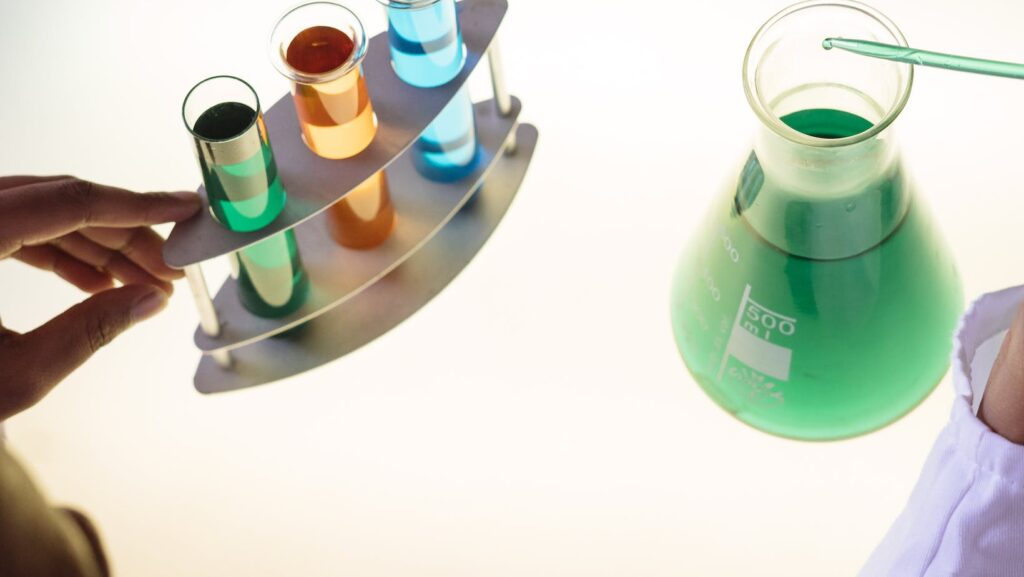
Match Each Description with the Correct Organelle. Find Out How!
Match Each Description with the Correct Organelle.
Diving into the world of cells, I can’t help but marvel at the intricate machinery that keeps our bodies functioning. Each cell in our body is a bustling metropolis, teeming with organelles that work tirelessly to maintain life as we know it. Can you imagine trying to match each description with the correct organelle? It’s like being handed a map of a city you’ve never visited before and asked to find your way around – daunting but not impossible!
Organelles are specialized structures within a cell that perform specific tasks, kind of like different departments in an office building. They’re individually unique, possessing their own set of functionalities and characteristics that set them apart from one another. Understanding these differences is crucial when you’re tasked to match each description with the correct organelle.
Believe me when I say this – getting up close and personal with cellular biology can be quite the adventure! It’s an exploration filled with awe-inspiring revelations about how even the tiniest components play significant roles in maintaining life. So buckle up because we’re about to embark on an exciting journey where we’ll learn how to match each description with the correct organelle. Onward we go!
Overview of Organelles
Let’s dive into the fascinating world of organelles, the tiny structures within cells that perform specific functions. They’re like little factories, each with its own unique job.
Definition of Organelles
Organelles are specialized structures found inside living cells. From powerhouse mitochondria to protein-producing ribosomes, these “tiny organs” are essential for maintaining cellular function and life itself. If we were to match each description with the correct organelle, it would be like assigning roles in a well-oiled machine. Each component has its duty.

Importance of Organelles
Now you might ask yourself why these microscopic entities matter? Well, organelles play a critical role in biological systems. For instance:
- Mitochondria is often called the cell’s ‘powerhouse.’ Why? Because it’s responsible for producing energy-rich molecules (ATP) that fuel various cell activities.
- Then there’s the nucleus – considered as the ‘brain’ of a cell because it houses DNA and coordinates vital functions like growth and reproduction.
- The endoplasmic reticulum (ER), on one hand, acts as a manufacturing hub where proteins and lipids are produced.
- And let’s not forget about lysosomes – they work as garbage disposal units by digesting waste materials and cellular debris.
So, you see how crucial organelles are in making sure our cells (and essentially us!) function smoothly? It’s indeed fascinating when you match each description with the correct organelle – it’s like solving an intricate puzzle! I can’t wait to delve more deeply into each organelle and their roles in upcoming sections!
Organelles in Animal Cells
Diving into the microscopic world of animal cells, we’ll find an intricate network of structures called organelles. Each one’s got a unique role to play, and it’s essential to match each description with the correct organelle for a comprehensive understanding.
Nucleus
The nucleus – often dubbed as the “control center” of the cell – holds prime importance. It’s home to our genes and comes packed with our DNA – blueprints that guide cell function and reproduction. Moreover, within this organelle, ribosomal RNA is produced – a critical component for protein synthesis.
To recap:
- The nucleus directs cell activity by controlling gene expression.
- The cytoplasm hosts several biochemical reactions necessary for life.
- Mitochondria generate energy via ATP production.
Matching each description with its corresponding organelle not only enriches our knowledge but also paves way towards understanding more complex aspects of biology! So remember, every tiny bit matters when you’re delving into cells’ secret lives!





